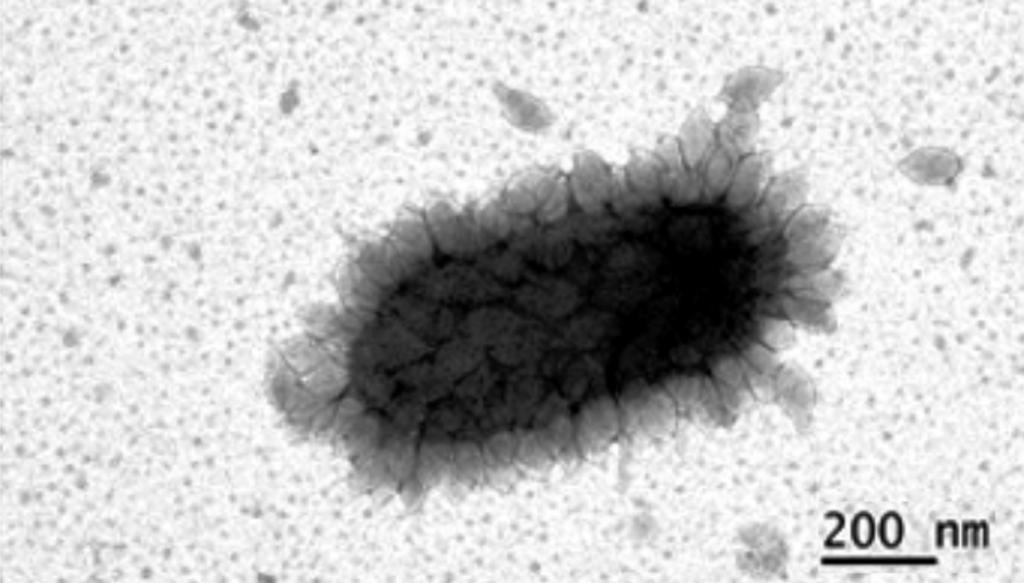Energy, Chemical Disequilibrium, and Geological Constraints on Europa
Astrobiology December 2007, 7(6): 1006-1022
http://www.liebertonline.com/doi/pdfplus/10.1089/ast.2007.0156
Europa is a prime target for astrobiology. The presence of a global subsurface liquid water ocean and a composition likely to contain a suite of biogenic elements make it a compelling world in the search for a second origin of life. Critical to these factors, however, may be the availability of energy for biological processes on Europa.
We have examined the production and availability of oxidants and carbon-containing reductants on Europa to better understand the habitability of the subsurface ocean. Data from the Galileo Near-Infrared Mapping Spectrometer were used to constrain the surface abundance of CO2 to 0.036% by number relative to water. Laboratory results indicate that radiolytically processed CO2-rich ices yield CO and H2CO3; the reductants H2CO, CH3OH, and CH4 are at most minor species.
We analyzed chemical sources and sinks and concluded that the radiolytically processed surface of Europa could serve to maintain an oxidized ocean even if the surface oxidants (O2, H2O2, CO2, SO2, and SO4 2) are delivered only once every 0.5 Gyr. If delivery periods are comparable to the observed surface age (30-70 Myr), then Europa’s ocean could reach O2 concentrations comparable to those found in terrestrial surface waters, even if 109 moles yr1 of hydrothermally delivered reductants consume most of the oxidant flux. Such an ocean would be energetically hospitable for terrestrial marine macrofauna. The availability of reductants could be the limiting factor for biologically useful chemical energy on Europa.








